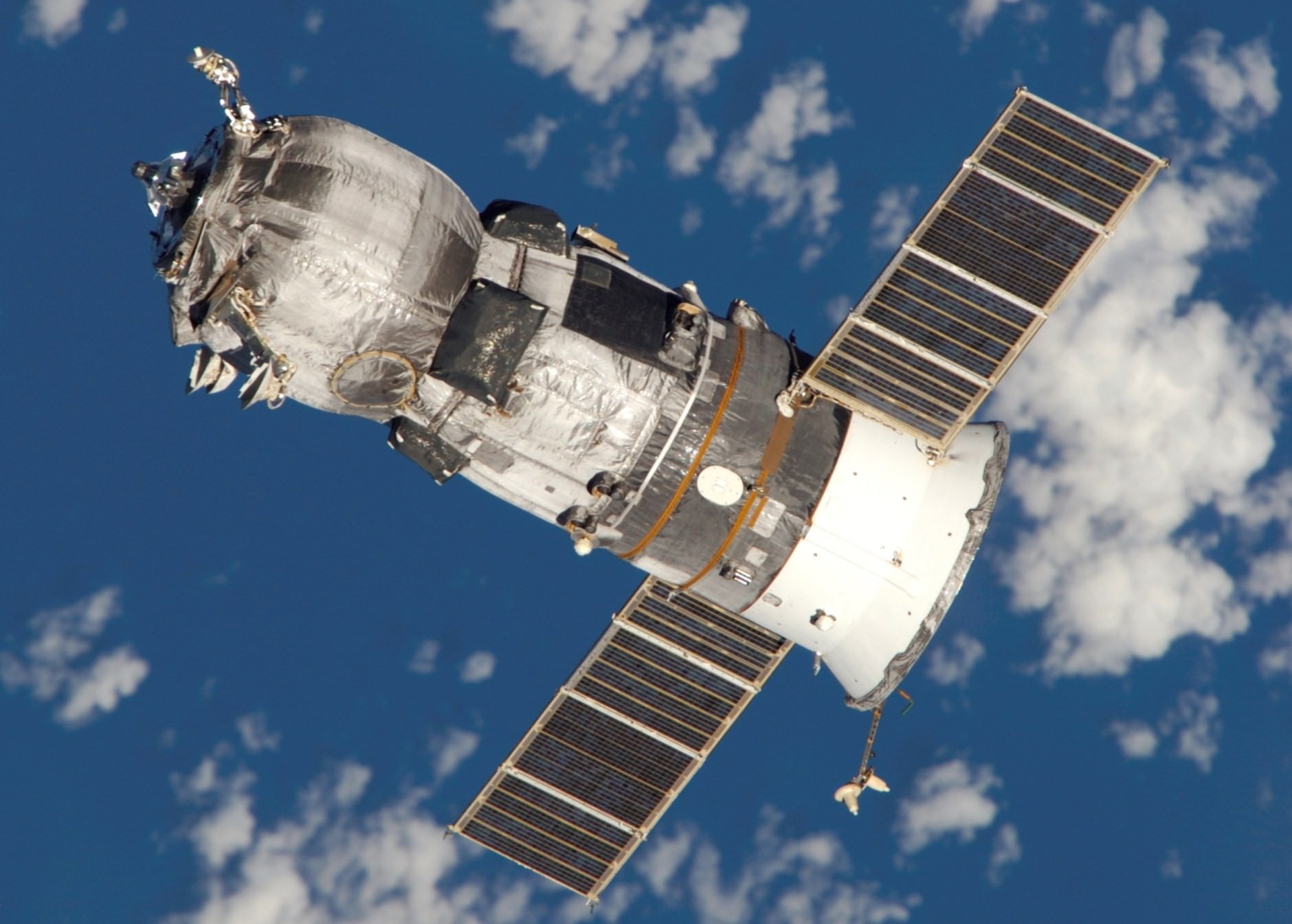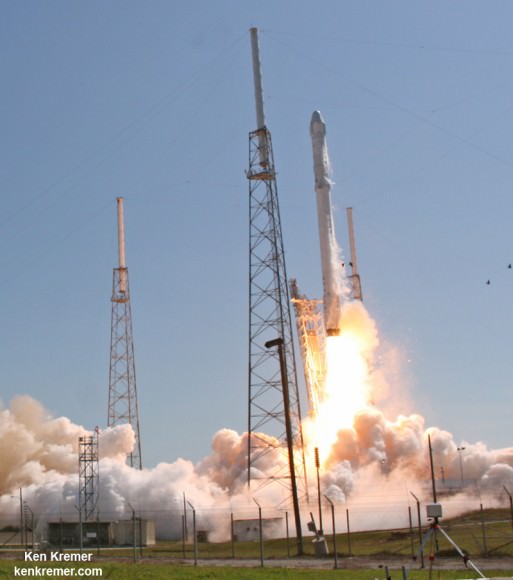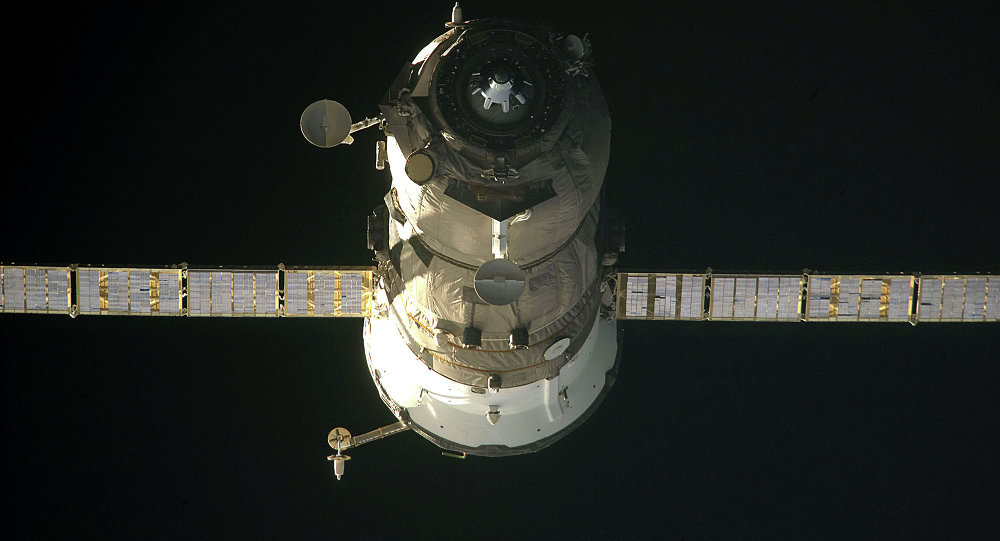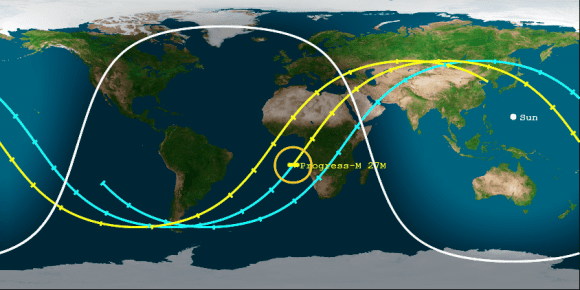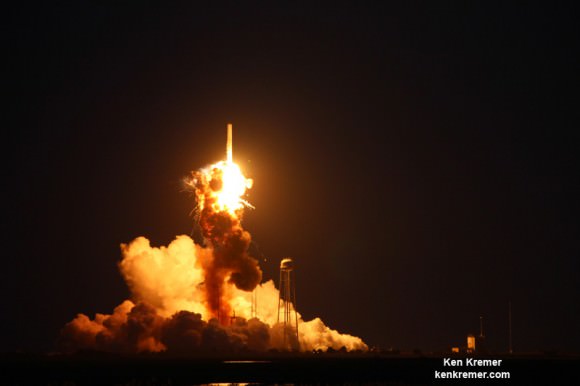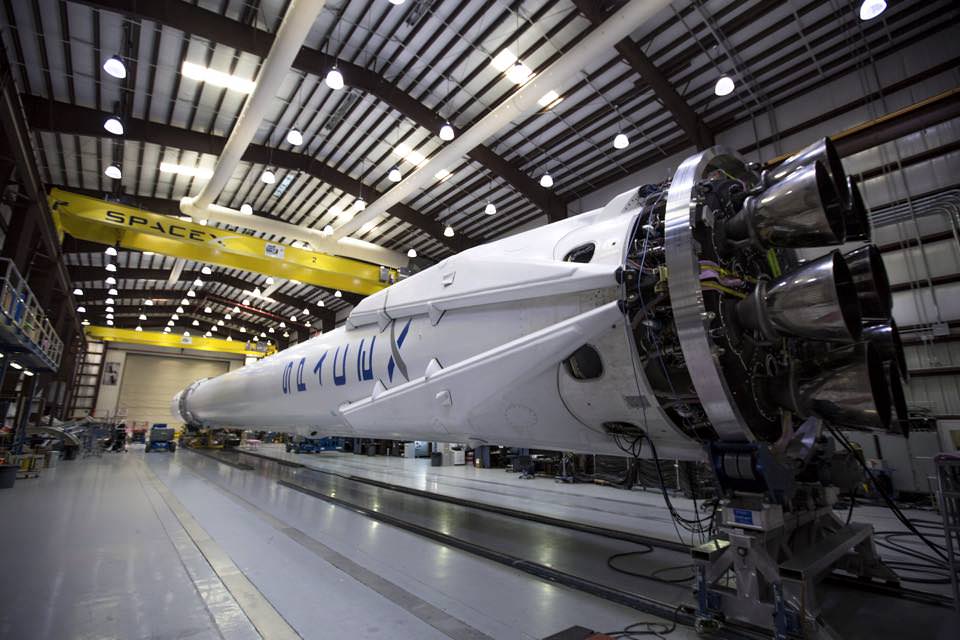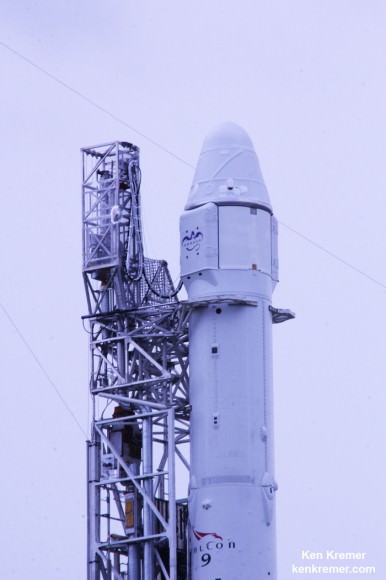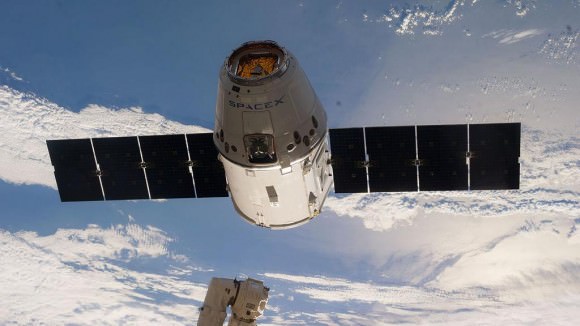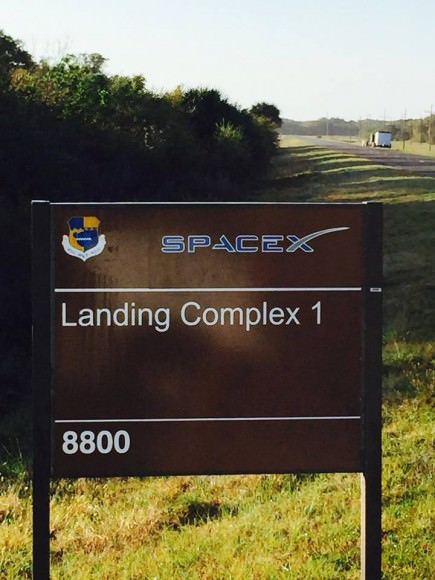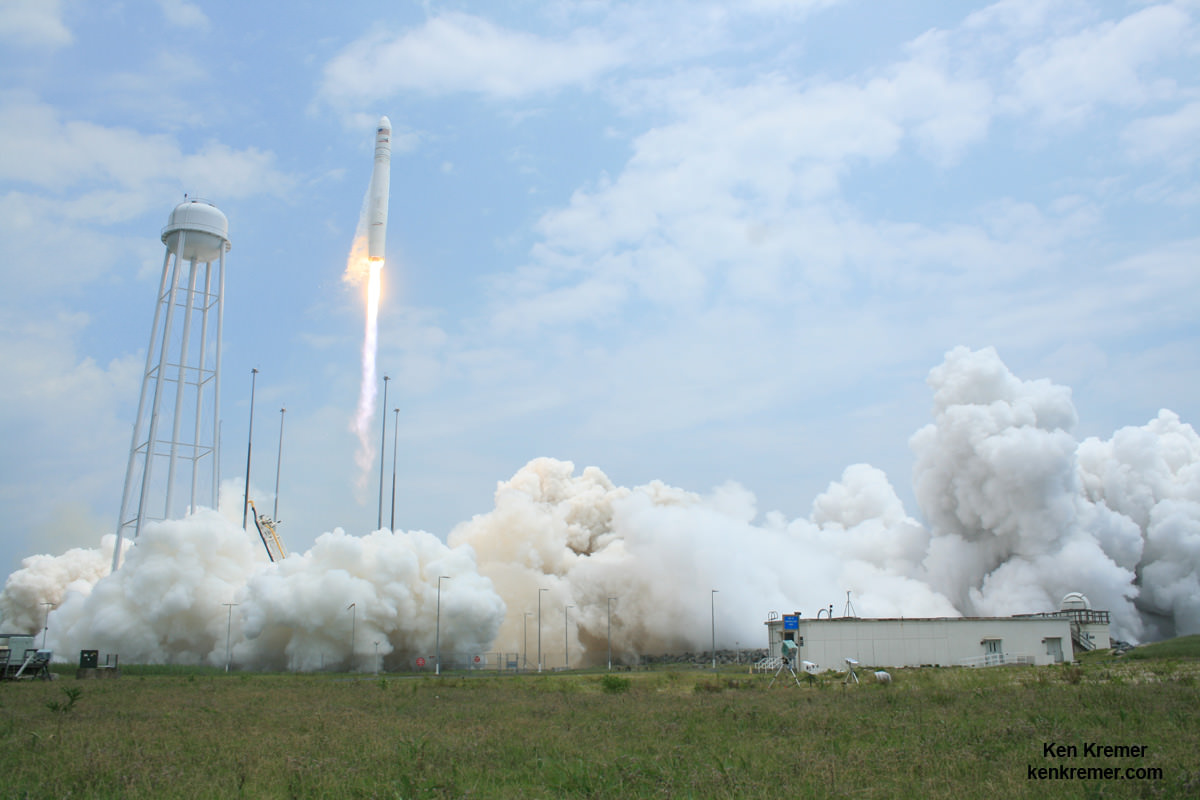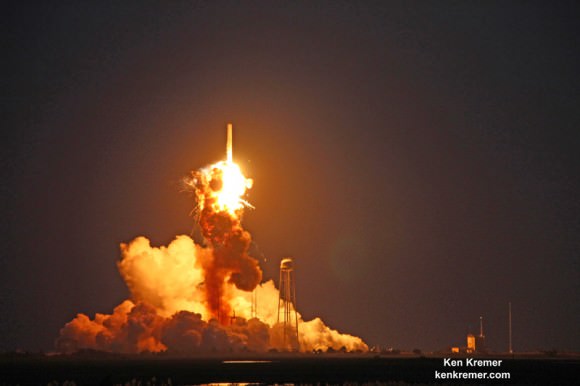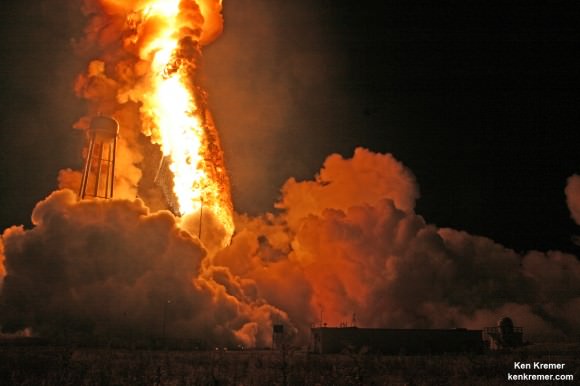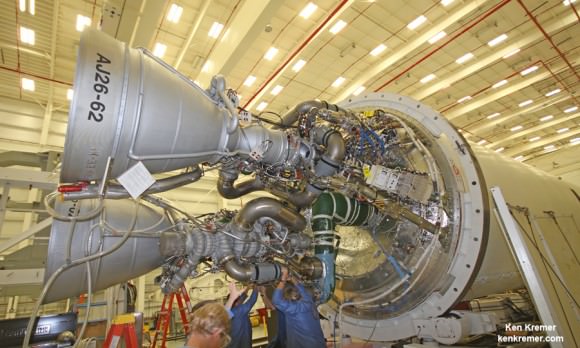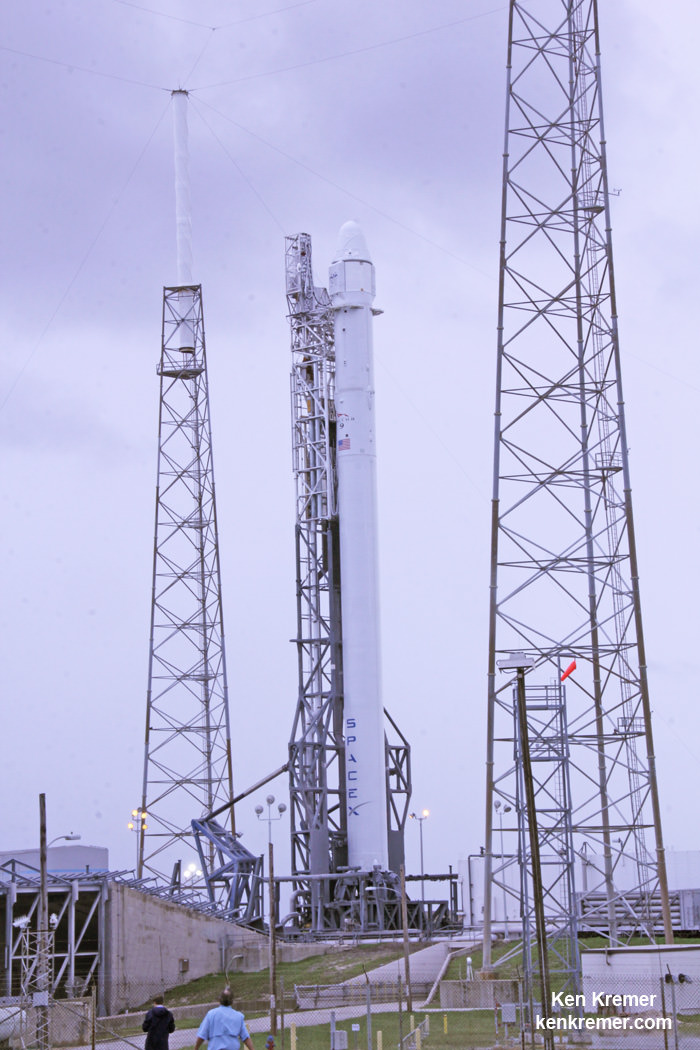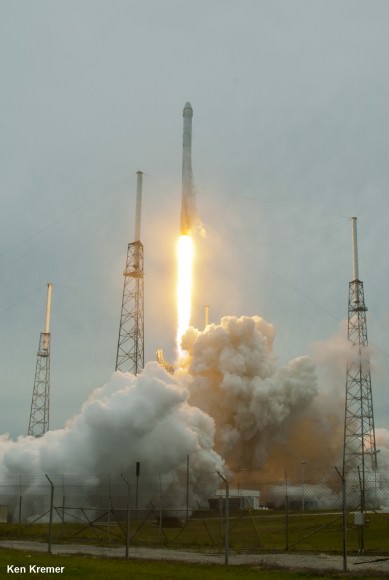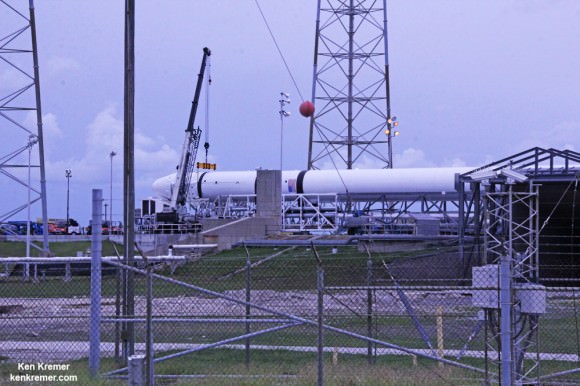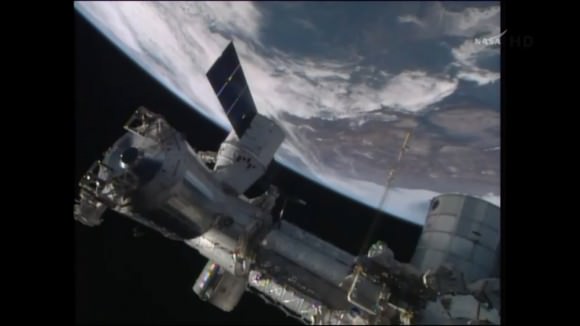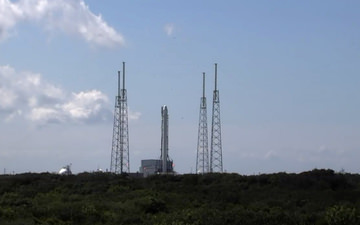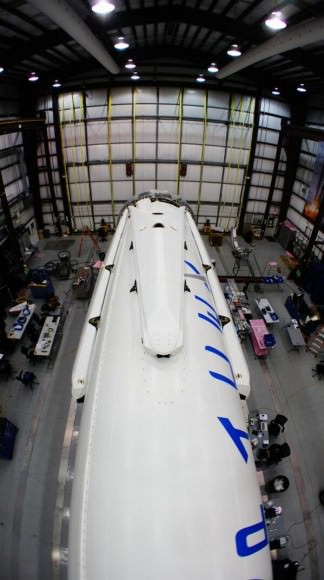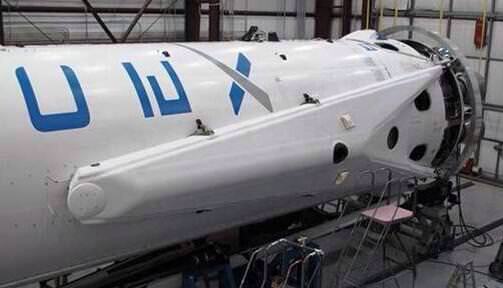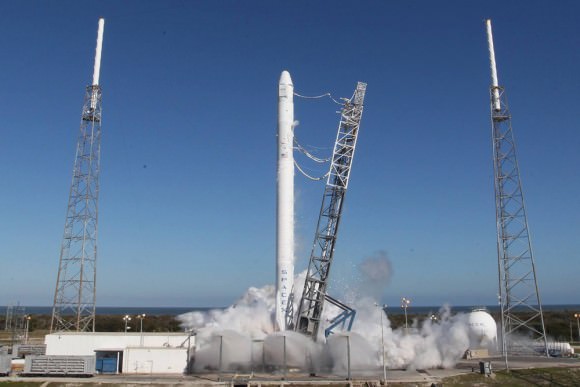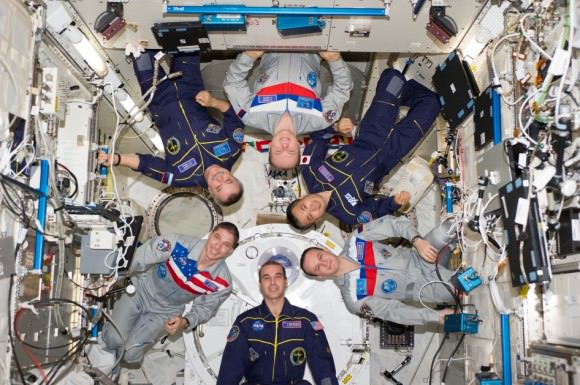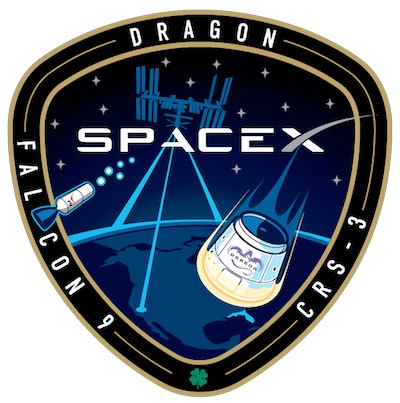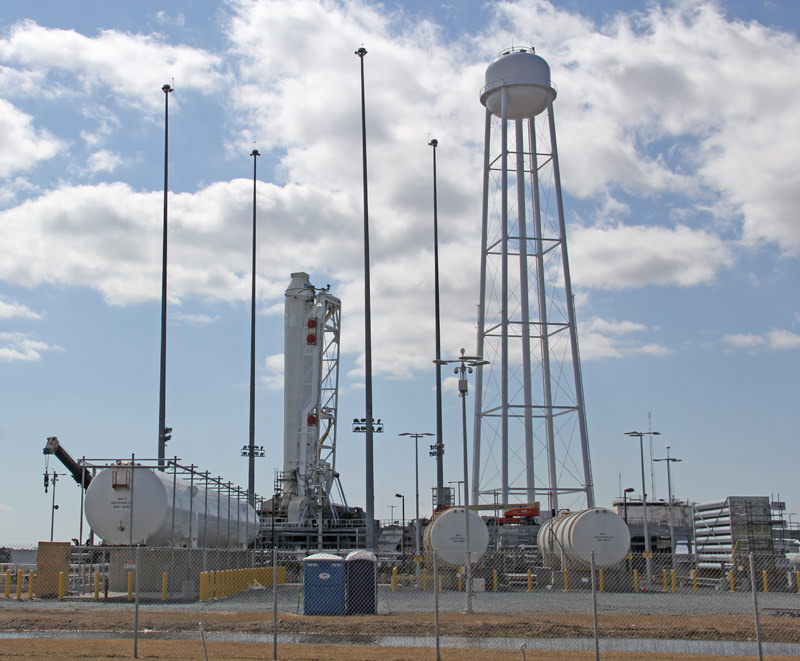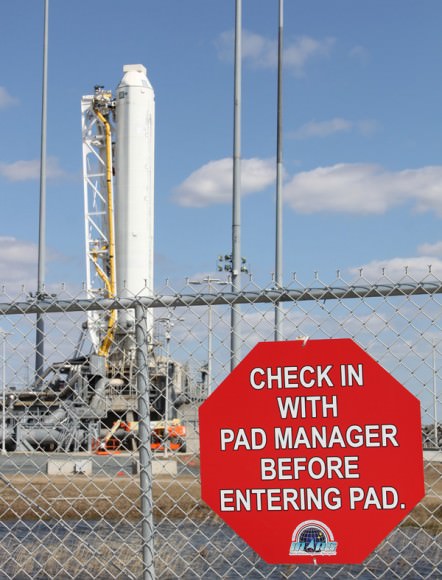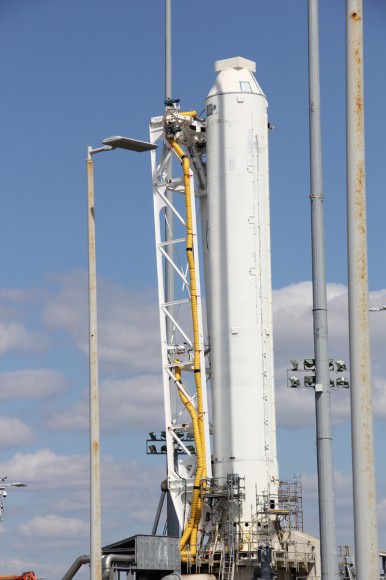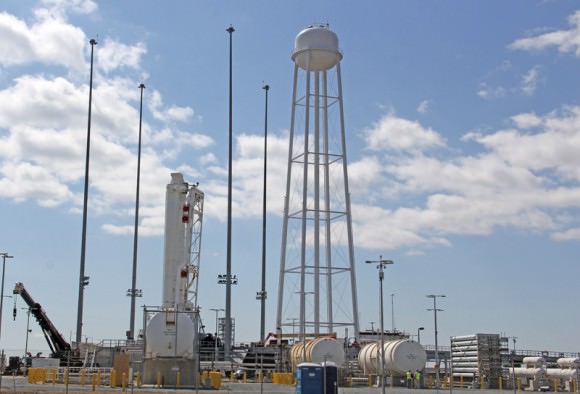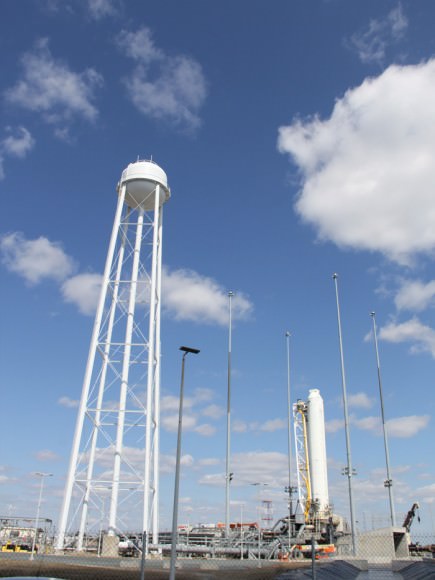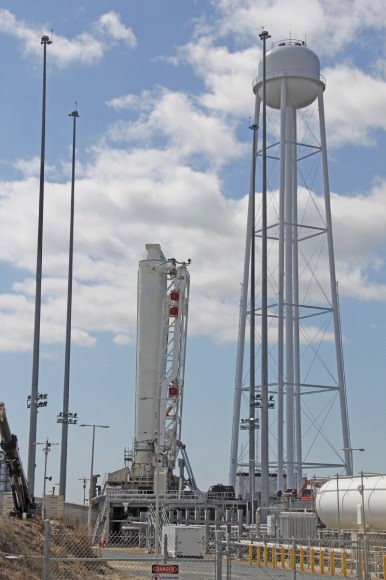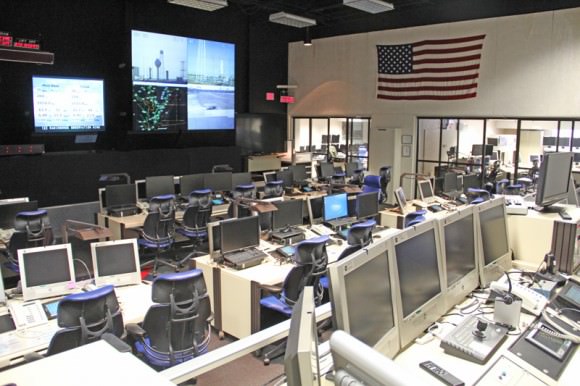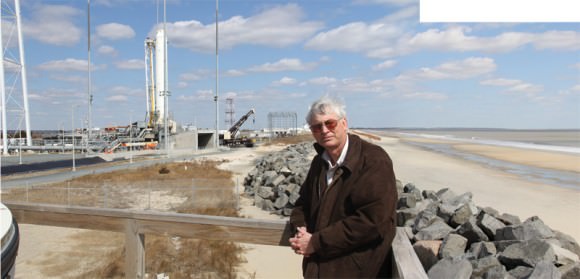Russia and its International Space Station (ISS) partners have prudently decided to postpone the scheduled upcoming crew rotations, involving departures and launches of station crews, in the wake of the failure of the Russian Progress 59 freighter that spun out of control soon after blastoff on April 28 and was destroyed during an uncontrolled plummet back to Earth on Friday, May 8.
The schedule shifting, whose possibility was reported here over the weekend and confirmed on Tuesday, May 12 by NASA and Roscosmos, literally came barely a day before the planned return to Earth on Wednesday, May 13 of the three person crew comprising of NASA astronaut and current station commander Terry Virts and flight engineers Samantha Cristoforetti of ESA (European Space Agency) and Anton Shkaplerov of Roscosmos. The trio have been working and living aboard the complex since November 2014.
The return of Virts, Cristoforetti and Shkaplerov is now targeted for early June, according to official statements from NASA, ESA and Roscosmos, the Russian space agency. That’s about a month later than the originally planned 171 day mission, in the wake of the failed Progress cargo ship that burned up on reentry.
Although an exact date has not been specified, sources indicate a tentative return target of around June 11.
“The partner agencies agreed to adjust the schedule after hearing the Russian Federal Space Agency’s (Roscosmos) preliminary findings on the recent loss of the Progress 59 cargo craft,” said NASA in a statement. “The exact dates have not yet been established, but will be announced in the coming weeks.”
If that new return date holds, ESA’s Samantha Cristoforetti will become the woman to fly the longest in space, eclipsing the current record holder, NASA astronaut Sunita Williams.
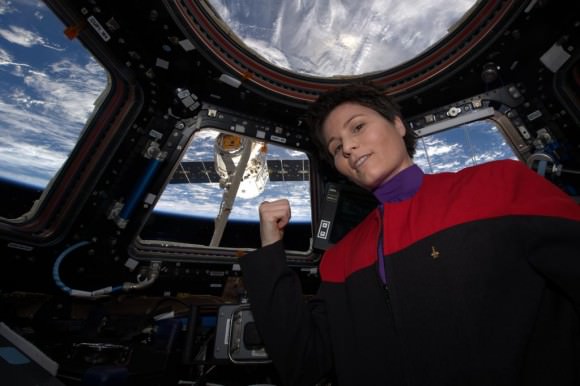
Blastoff of their replacement crew on the next planned manned Soyuz launch on May 26 from the Baikonur Cosmodrome in Kazakhstan has also been delayed, for about two months most likely to late July. That Expedition 44 crew comprises Russian cosmonaut Oleg Kononenko, Japanese astronaut Kimiya Yui and NASA astronaut Kjell Lindgren.
A rotating international crew of six astronauts and cosmonauts currently serve aboard the ISS. The delayed return of Virts crew from Expedition 43 will lessen the time when the ISS is staffed by a reduced crew of three, which significantly dampens the time allotted to science research.
A Russian state commission investigation board appointed by Roscosmos, is still seeking to determine the cause of the Progress 59 malfunction which occurred right around the time of the separation from its Soyuz-2.1A carrier rockets third stage following blastoff from the Baikonur space center in Kazakhstan.
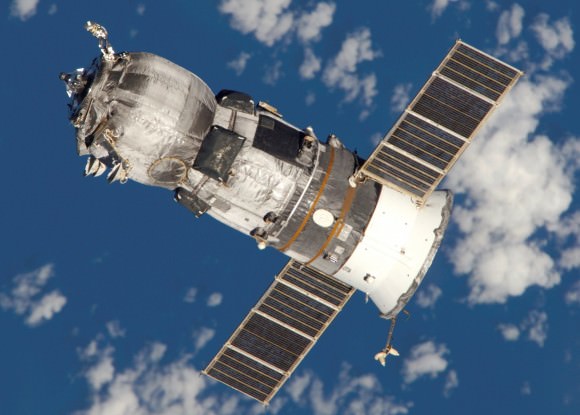
A preliminary accident report from the state commission was planned for May 13. But investigators need more time to determine the root cause of the Progress 59 (also known as Progress M-27M) mishap.
Soon after detaching from the rockets third stage, it began to spin out of control at about 1.8 times per second, as seen in a video transmitted from the doomed ship.
NASA astronaut Scott Kelly and Russian cosmonauts Mikhail Kornienko and Gennady Padalka will remain aboard the station after the Virts crew returns to begin Expedition 44.
Roscosmos is also working to speed up the launch of the next unmanned Progress 60 (M-28M), potentially from August to early July. But that hinges on the outcome of the state commission investigation.
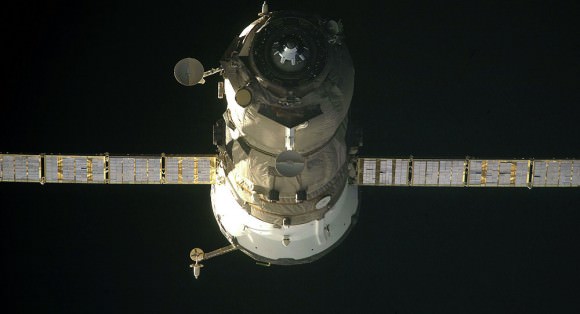
The 7 ton Progress vehicle was loaded with 2.5 tons of supplies for the ISS and the six person Expedition 43 crew. Items included personal mail for the crew, scientific equipment, food, water, oxygen, gear and replaceable parts for the station’s life support systems.
NASA officials say that the current ISS Expedition 43 six person crew is in no danger. The station has sufficient supplies to last until at least the fall of 2015, even if no other supplies arrive in the meantime.
Also in the mix is the launch of NASA’s next contracted unmanned Dragon cargo mission by commercial provider SpaceX on the CRS-7 flight. Dragon CRS-7 had been slated for liftoff no earlier than June 19. But that date could slip as well.
The Dragon will carry critical US equipment enabling docking by the SpaceX Crew Dragon and Boeing CST-100 astronaut transporters.
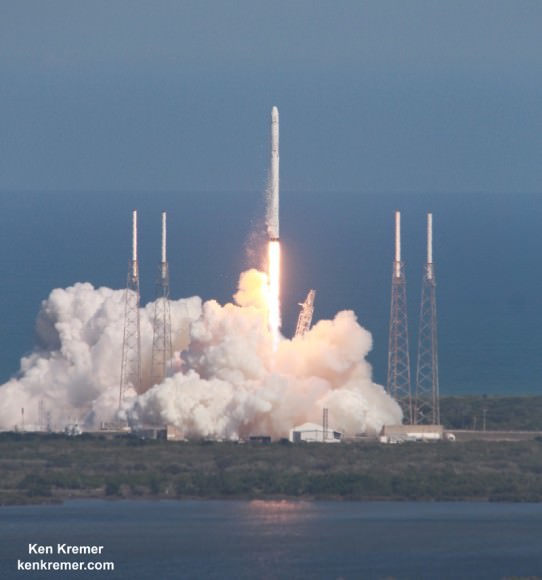
Stay tuned here for Ken’s continuing Earth and planetary science and human spaceflight news.


